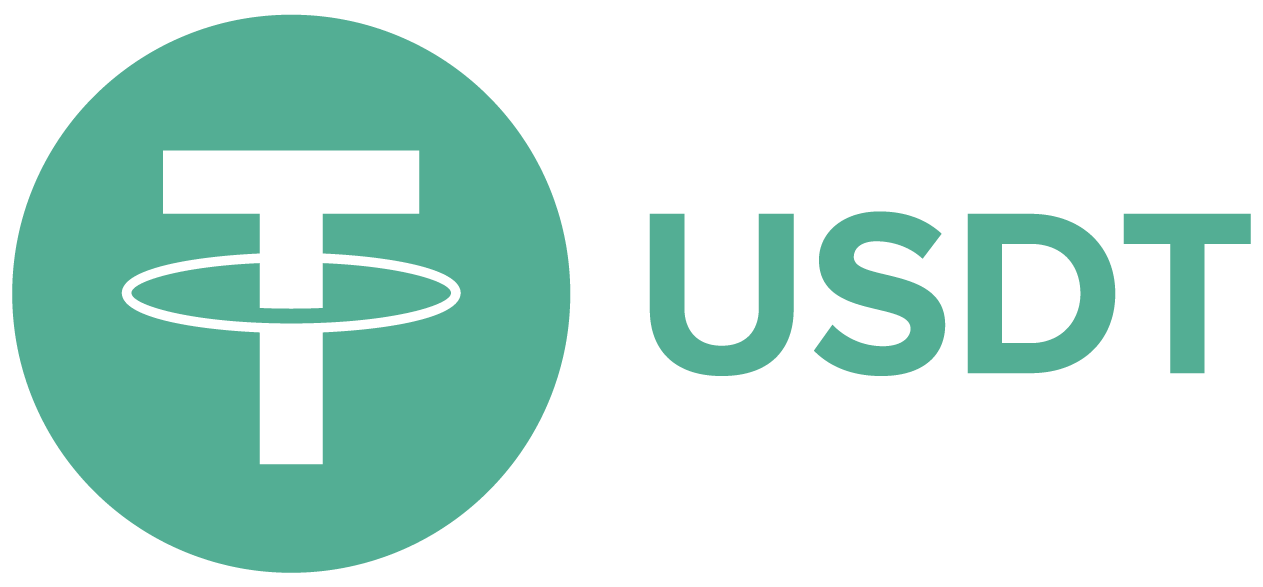Chapter 1 - Introduction to the Forex Market
Lesson 1.4 - What is Spread?

If you want to invest in the currency exchange, what should you do?
Simply you should look for a brokerage firm that provides trading services on the currency exchange and open an account therewith in your name, finance it with your money, and then start trading. Actually, it is that simple.
If you are going to make a profit from trading in the currency market, what will the company that provides you with trading services get? Certainly, it is also looking for profit, but it does not make its profit from trading but rather you achieve its profit from your trading ... !!
Brokerage firms achieve their profits in various forms, including commissions, the price difference between buying and selling (Spread).
Spread
Regardless of the other types of profits made by brokerage firms, the price difference between buying and selling represents the primary source of income for brokerage firms.
The matter is not new. In most cases, the difference between the selling price and the buying price of currencies is something that everyone has encountered one or more time. When you go to the bank or currency exchange shops, you will find that every currency has two prices: one for selling and the other for buying.
Suppose you have a sum of money in Egyptian Pounds, and you want to sell it and buy US Dollars, when you go to the bank or the currency, you will find that they offer the Us Dollar price in the following way:
The US Dollar price now:
Selling Price: 16.10
Buying Price: 15.90
So what does that mean?
It means that if you have Egyptian Pounds and wanted to buy US Dollars, the bank or the currency exchange will sell you the US Dollar, provided that you will pay 16.10 Egyptian Pounds for every US Dollar you buy. However, if you have US Dollars and wanted to buy Egyptian Pounds, you would get 15.90 Egyptian Pounds for every US Dollar.
More clearly, you will buy the US Dollar at EGP 16.10.
When you decide to sell the US Dollar, you will sell it to them in exchange for EGP 15.90 per US Dollar.
Why is there a difference in price between buying and selling?
What does this mean?
The price is the amount to be paid from the second currency to obtain one unit of the base currency.
ASK:- It is the price at which you will buy the base currency and sell the second currency.
BID: - It is the price at which you sell the base currency and buy the second currency.
Currency rates are constantly changing upward and down ward, but there is always a difference between the selling price and the buying price, and this difference is a fixed profit for the brokerage firm.
Let’s take examples:
Example (1):
Suppose you look at the price board on the trading platform, and found it as follows:
| ASK | BID | |
|---|---|---|
| 1.1096 | 1.1090 | EUR/USD |
But you expect that the price of the Euro will rise 60 points soon and will reach EUR / USD = 1.1156
What will you do?
The answer:
We expect the price of the Euro to rise, so we will have to buy Euros to sell later at a high price.
The price at which we will buy the Euro now is 1.1096 because it is the buying price.
As ASK is the price at which we will buy the base currency and sell the second currency, and the base currency is always the Euro against the US Dollar,
we will buy 1 Euro lot at 1.1096.
If your expectations are met, and the price of the Euro rises, you may look at the price board at the work station after a period of time, and you will find the price of the Euro as follows:
| ASK | BID | |
|---|---|---|
| 1.1156 | 1.1150 | EUR/USD |
You now have Euros, and you want to sell them at a price higher than the buying price. When you look at the new price, you will find that the selling price (i.e. the price at which you will sell them) is 1.1150, because BID is the price at which you sell the base currency and buy the second currency. You have Euros and you want to sell them, so the Euro is always the base currency.
Thus, you will sell the 1 lot of Euros you have at 1.1150.
You bought 1 lot of Euros at 1.1096, and now you sell it at 1.1150, thus making a profit = 54 points.
Example (2):
Suppose you look at the price board and found the price of the Yen as follows:
| ASK | BID | |
|---|---|---|
| 108.40 | 108.32 | USD/JPY |
If you wanted to buy the Yen now, at what price will you buy it?
The answer:
Remember that ASK: is the price at which you buy the base currency and sell the second currency.
and that BID: It is the price at which you sell the base currency and buy the second currency.
You always know that the US Dollar is the base currency against the Yen and the Franc.
When you want to buy the Yen (the second currency) and sell the US Dollar (the base currency), the buying price will be below the BID, so the buying price will be 108.32.
As a general rule,
If you want to buy the Euro and the British Pound, against the US Dollar, take the price of ASK.
If you want to sell the Euro or the British Pound, against the US Dollar, take the BID price.
On the contrary,
If you want to buy the Japanese Yen or Swiss Franc, against the US Dollar, take the BID price.
If you want to sell the Japanese Yen or Swiss Franc, against the US Dollar, take the ASK price.
It seems a little confusing but by practicing, and getting used to monitoring prices, you will find that it is very simple, and you will not need to return to these rules again.
Example (3):
Let's assume that the price of the Franc on the price board is shown as follows:
| ASK | BID | |
|---|---|---|
| 0.9638 | 0.9628 | USD/CHF |
You expect that the price of the Franc would rise 50 points in the future, so what will you do?
The answer:
We expect that the price of the Franc will rise against the US Dollar, meaning that the Franc market is bullish, so we will buy the Franc at the current price in the hope of selling it later at a higher price.
When buying the Franc, we will buy it at the BID price because it is the price at which we sell the base currency and buy the second currency, and the second currency is the Franc,so we will buy the Franc at 0.9628.
Example (4):
Suppose that the price of the British Pound against the US Dollar now is as follows:
| ASK | BID | |
|---|---|---|
| 1.3209 | 1.3199 | GBP/USD |
and you expect that the price of the British Pound will drop by 80 points. What will you do?
The answer:
You expect that the price of the British Pound will decrease against the US Dollar, so you will sell the British Pound at the current price in the hope that we will buy it later at a lower price and keep the difference as profit.
When you want to sell the British Pound now, you will sell it at BID price, because it is the price at which we will sell the base currency, which is the British Pound, so you will sell the Pound at 1.3199.
Example (5):
Suppose that the price of the Yen against the US Dollar on the price board is as follows:
| ASK | BID | |
|---|---|---|
| 108.40 | 108.32 | USD/JPY |
and you expect that the price of the Yen would decrease, so what will you do?
The answer:
You expect the Yen price to drop against the US Dollar, so you will sell the Yen.
When you want to sell the Yen, you will sell it at ASK price, because it is the price at which we buy the base currency and sell the second currency, and the second currency is the Yen,so you will sell the Yen at 108.40.
As far as possible, we tried to diversify the examples, so the reader can understand how the currencies are bought and sold, in the presence of two prices, if the currency in question is a base currency or a second currency. It seems confusing at the beginning, but with a little practice, it becomes very intuitive and simple.
In the previous examples, we wrote the price of the currency pairs, but we only raised the spreads for clarification.
Spread

We also mentioned that in all cases, and no matter how currency rates change, there is a fixed difference between the selling price and the buying price, which is called (Spread). It is the primary profit source for brokerage firms. Companies differ among themselves in determining this difference,
but as a rule, major currencies (Majors) have the smallest difference in points, with the Spread being within 3 points. Sometimes companies give their traders a difference of one point, or perhaps less than a point, for the major currencies. Fierce competition between brokerage firms is in your favor as a trader.
We find no justification for dealing with a company whose spread is more than that.
Things to be aware of, too, is that the spread differs with crosses to be usually higher than 3 points, and there are currency pairs in which the difference sometimes reaches 7 points or 12 points.
Also, high spread is imposed on all currencies that are characterized by a very wide price movement or low liquidity size imposed by brokerage companies.
For example,
These prices are real numbers quoted from the brokerage trading platform
The pair that brings the Canadian Dollar against the Hong Kong Dollar.
| ASK | BID | |
|---|---|---|
| 5.8722 | 5.8622 | CAD/HKD |
See the size of the spread that reaches 100 points.
Therefore, the trader must know well the size of the spread for the pair on which he is trading, before being surprised by a large difference in the number of points, especially if he is trading in currencies other than the major currencies.


 English
English





